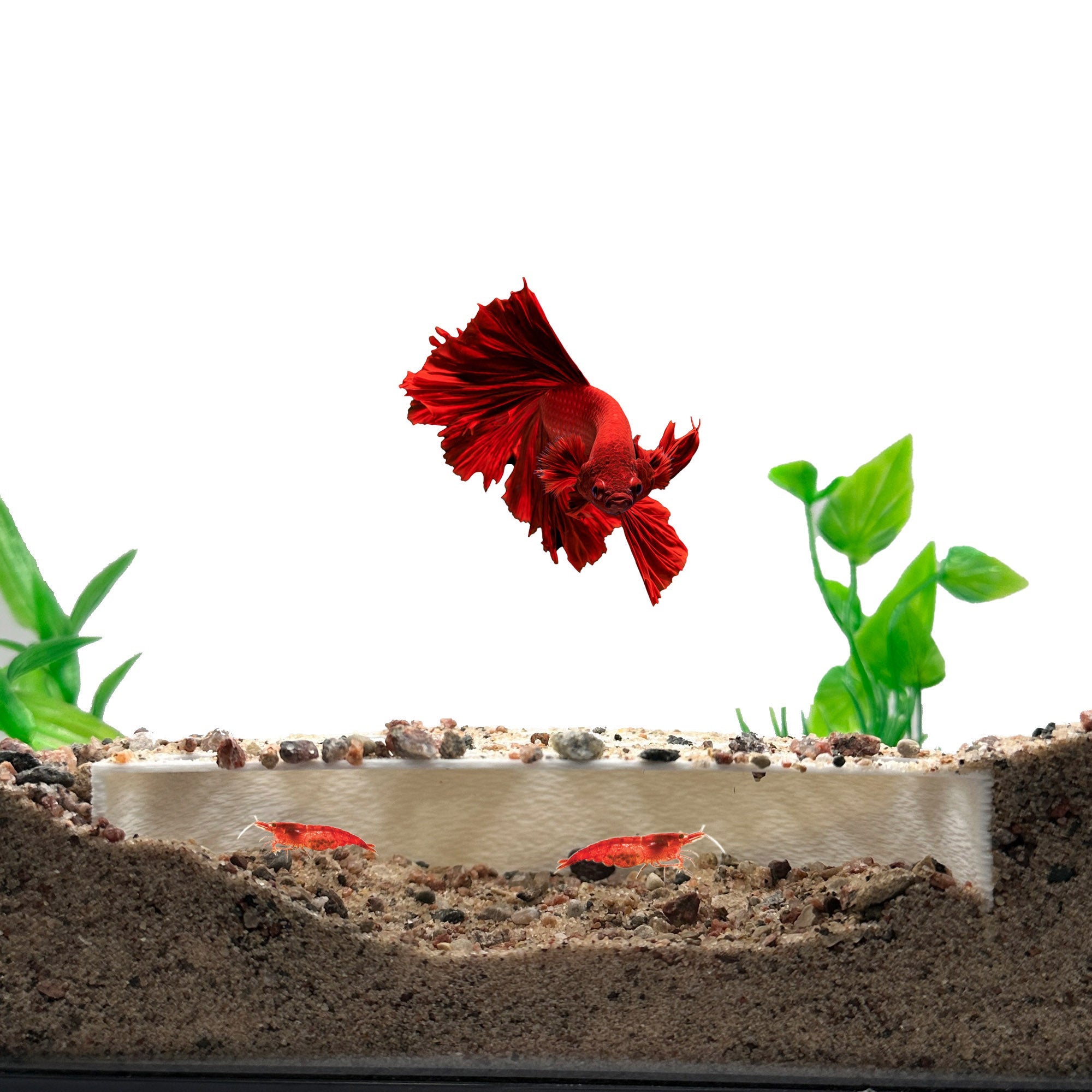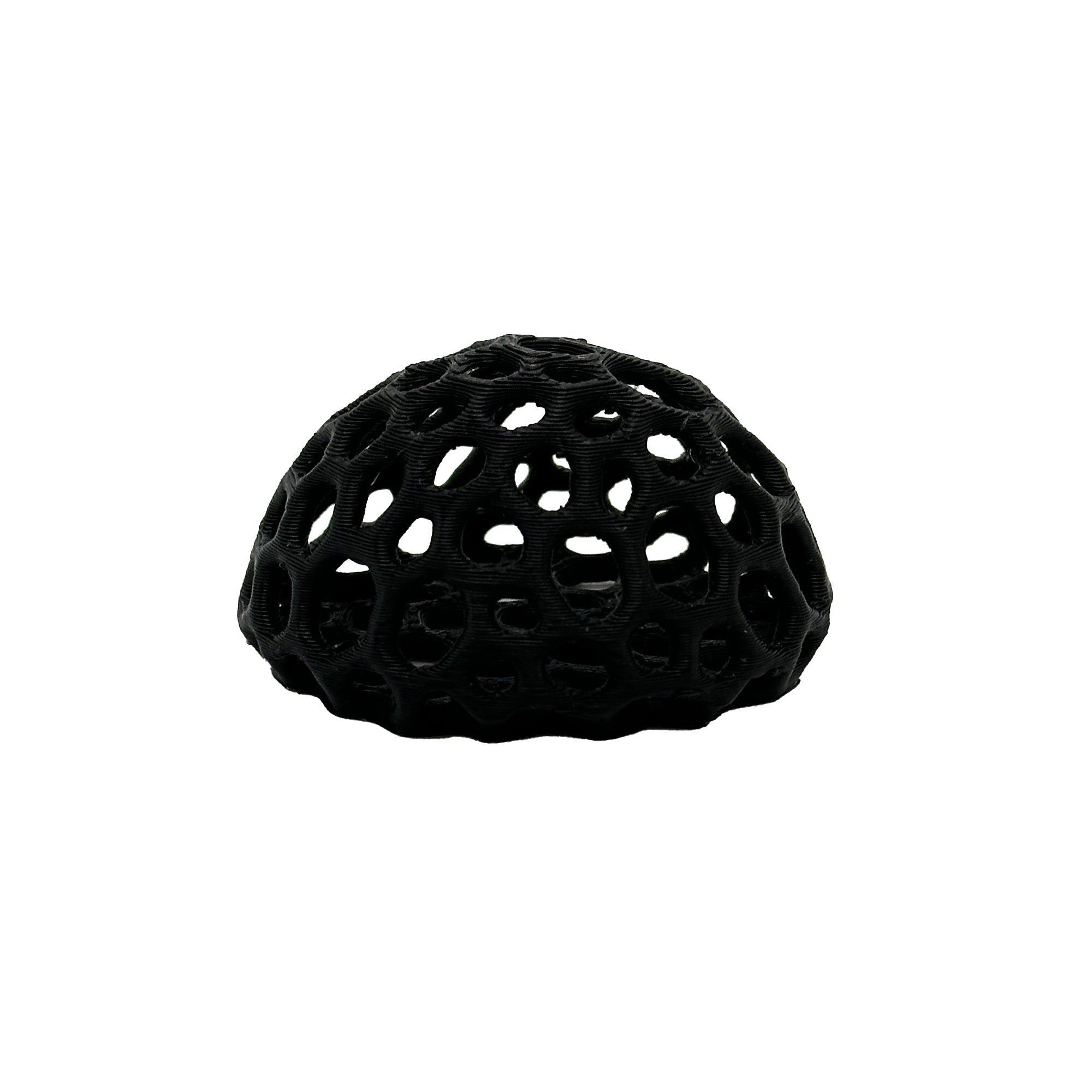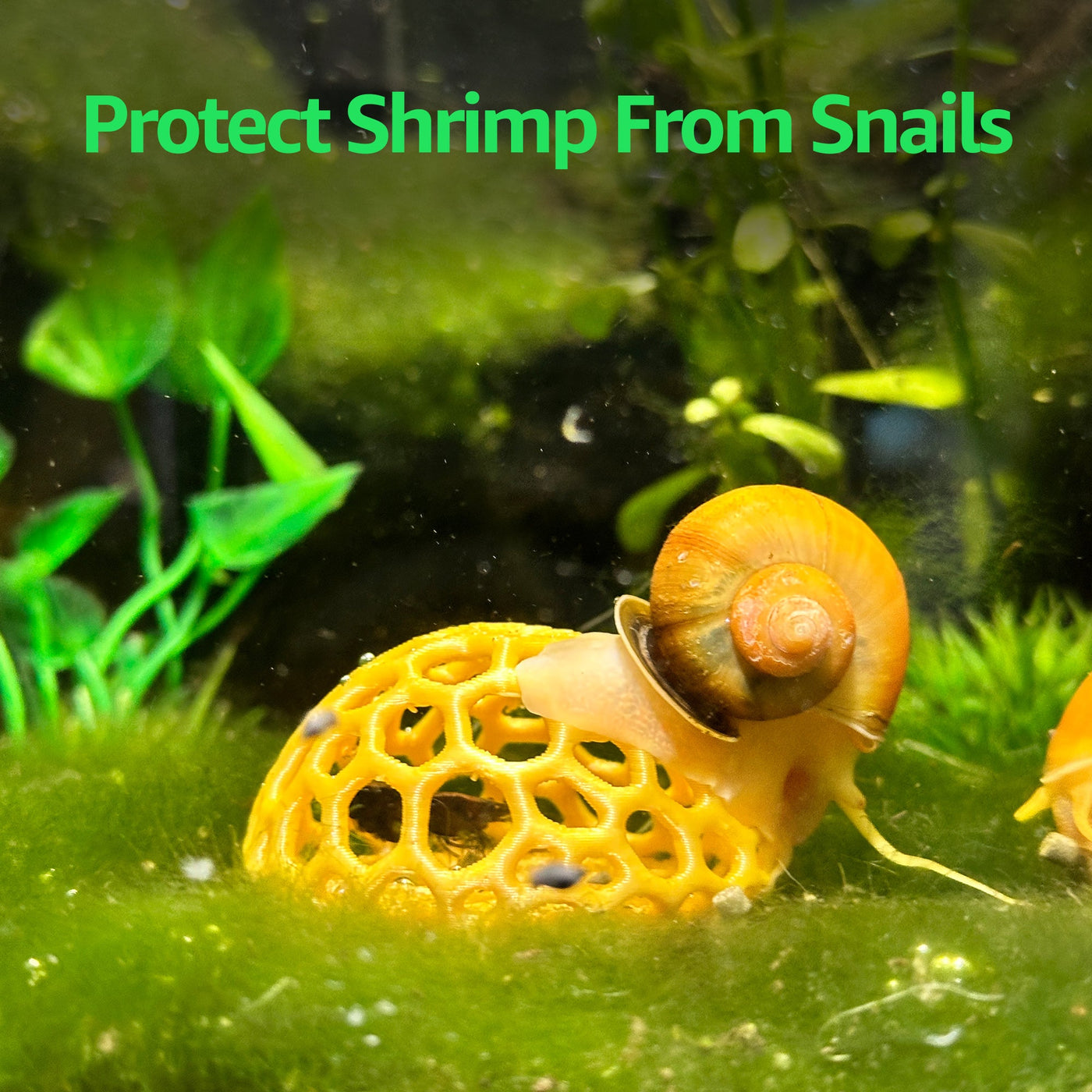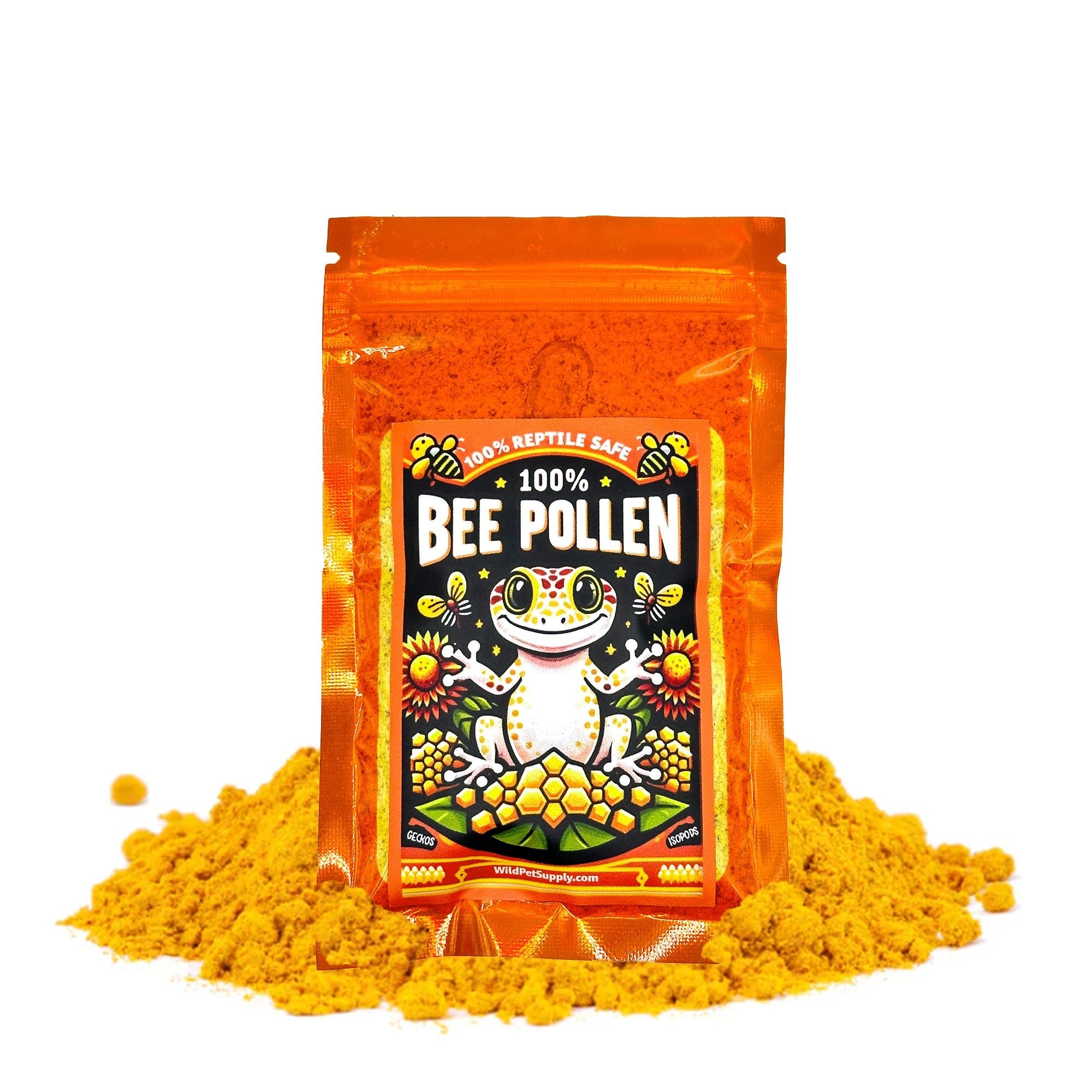Shrimp Not Breeding? 7 Common Mistakes & How to Fix Them
Breeding freshwater shrimp (e.g., Neocaridina, Caridina) is rewarding—but many keepers hit roadblocks. If your colony isn’t producing or shrimplets aren’t surviving, these seven mistakes (and fixes) will help turn things around.
Mistake #1: Incorrect or Unstable Water Parameters
Problem: Shrimp are sensitive to pH, GH, KH, temperature, and nitrogen waste (ammonia/nitrite). Parameter swings cause stress and stalled breeding.
Fix: Test regularly, aim for stability, and make any changes slowly. Keep ammonia/nitrite at zero and nitrates moderate. Gradually acclimate shrimp to new water during transfers.
Mistake #2: Lack of Adequate Hiding & Nursery Space for Baby Shrimp
Problem: Even if adults breed, shrimplets are vulnerable to predation and exposure. Without refuge, survival rates plummet.
Fix: Add protective structures that create safe, food-rich micro-zones. Underground tunnels and domes shield babies from fish and strong flow while fostering algae/biofilm growth inside.

Shrimp Breeding Protector — Tunnel Cave
Hidden corridors where shrimplets can graze on biofilm and avoid predators.
View Product
Shrimp Dome — Nursery Hide
Dome design that creates sheltered pockets for micro-life and baby shrimp.
View ProductMistake #3: Poor Food Availability (Especially for Babies)
Problem: Shrimplets rely on biofilm, micro-organisms, algae, and fine particles. Sterile tanks starve them.
Fix: Encourage biofilm: avoid over-sterilizing, add leaf litter or alder cones, and let surfaces mature. Hides (tunnels/domes) nurture micro-ecosystems inside where babies safely graze.
Mistake #4: Inadequate Sex Balance or Immature Shrimp
Problem: All one sex, or shrimp that aren’t sexually mature, = no breeding.
Fix: Keep a mixed group and allow time to mature (often 2–3+ months). Watch for saddles (visible ovaries) and mating behavior.
Mistake #5: Stress from Tankmates or Environmental Disturbances
Problem: Predatory/boisterous fish, frequent tapping, or loud disturbances stress shrimp—especially juveniles.
Fix: Use shrimp-only or shrimp-safe setups, reduce disturbances, and add plenty of cover. Vet new tankmates for compatibility.
Mistake #6: Overfiltration / Strong Currents
Problem: Strong flow and filter suction can sweep away shrimplets or keep them from safe zones.
Fix: Opt for gentle flow, use pre-filter sponges on intakes, and redirect output away from nursery areas. Combine with tunnels/domes to create calm pockets.
Mistake #7: Premature Water Changes or Tank Cleaning
Problem: Large cleanings and deep gravel vacs strip biofilm and disrupt nurseries.
Fix: Clean gently; do smaller, more frequent partial changes; avoid over-disturbing substrate; don’t sterilize hides. Let the micro-ecosystem establish.
Protect Your Shrimplets—Boost Survival Rates
Add dedicated nursery zones with our Shrimp Breeding Protector and Shrimp Dome. Create safe, biofilm-rich pockets where babies thrive.

Helpful Products Mentioned
Conclusion
Focus on stability (parameters, maintenance, flow) and safety (dedicated nurseries, biofilm availability). With the right hides and gentle husbandry, your colony will breed more reliably and your shrimplets will have a fighting chance.
Disclaimer: Always consider your specific species and local water. When in doubt, consult an experienced shrimp keeper or aquatic veterinarian.









